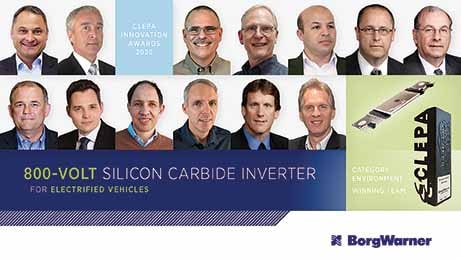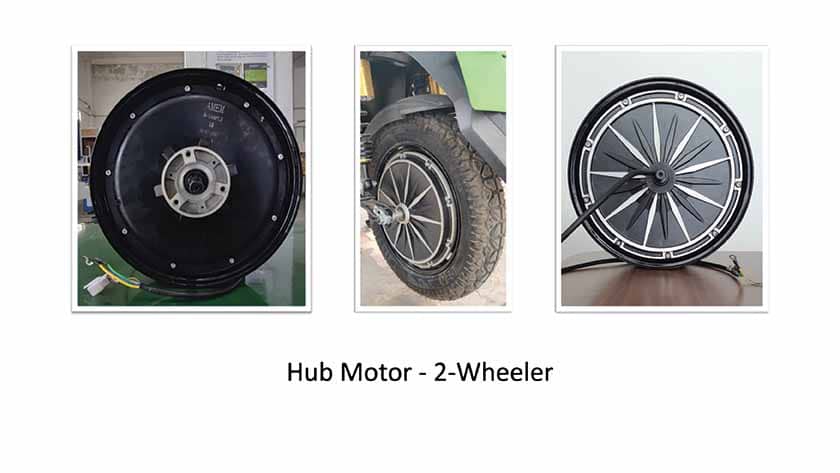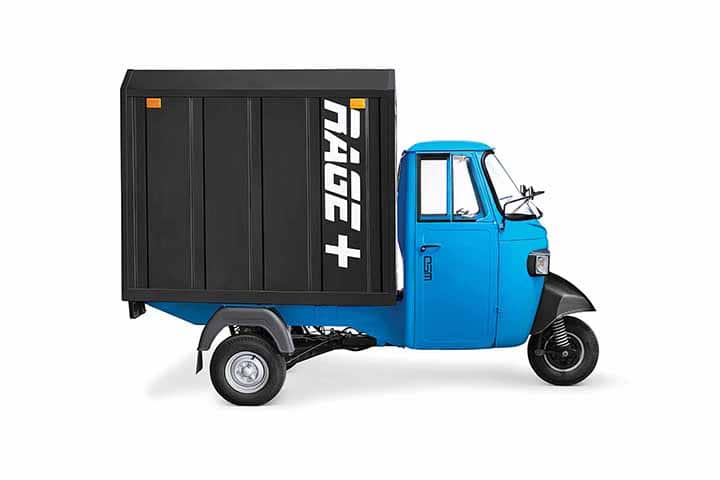BorgWarner’s dual-sided-cooled inverter is the first-to-market inverter using a silicon carbide-based power switch. Ashish Bhatia looks at the inverter designed for an 800V application.
Driven by the climate change commitments made by the Indian Government during the COP21 Summit, Paris to reduce emission intensity by 33-35 percent by 2030 from the 2005 levels, electric mobility continues to be high on the agenda for governments globally. The government’s the world over are relying on the technological prowess of automotive component manufacturers and their tier suppliers to achieve the ambitious goal of zero emissions by 2030. The industry together with the government is working towards reorienting businesses to meet modern-day needs and to do its bit to reverse climate change through such innovative and advanced next-generation solutions. BorgWarner has taken it upon itself to improve upon the erstwhile generation of inverters used for electric vehicles. In electric vehicles, an inverter is a device that converts Direct Current (DC) power to the Alternating Current (AC) power known to be used in an electric vehicle motor. It has the capability to change the speed at which the motor rotates as it adjusts the frequency of AC.
First-to-market
With its ‘Dual-Sided-Cooled Silicon Carbide Inverter’, the company is claimed to have introduced the first-to-market inverter using a Silicon Carbide (SiC)-based power switch for an 800-volt application, The BorgWarner component is claimed to deliver increased efficiency for enhanced voltage flexibility, improved recharging times, better range and smaller battery size for cost reductions. For instance, the inverter’s SiC technology is claimed to extend electric vehicle range by c.5 percent and enable faster charging times at 800 volts in comparison to the 400 volt systems. The Viper power module boasts dual-sided cooling for enhanced thermal management. The use of SiC helps extend PHEV and BEV besides contributing to the range extension and faster charging also delivering a better solution with more power. Its advantages include a smaller package that is also cost-effective. The patented technology has won many accolades including being adjudged as the ‘Innovative E-Mobility Solution’ for which the company was adjudged as the ‘Supplier Of The Year’ at the Auto Components India 2021 Awards earlier this year. Notably, it eliminates the need for wired bonds or connections often blamed for the cause of quality and reliability issues. It also optimizes switching and conduction to deliver up to a 70 percent reduction in power loss.
In effect, the Original Equipment Manufacturers (OEMs) can look forward to the room for creating more compelling consumer propositions for hybrid and electric vehicles. The additional room is believed to have the potential to lead to a broader acceptance of e-mobility in compliance with the government-mandated emissions targets. The patented capabilities are aimed at giving manufacturers the propulsion system design flexibility and performance in line with the strategy to capitalize on the market pull. The resultant vehicle mix and volumes could help meet the increased emissions regulations.
BorgWarner’s Bengaluru Technology Centre is known to have contributed to the design of the product under multiple competencies including systems, software, test and verification, electrical analysis and simulation, mechanical analysis, and simulation. On the software front, critical features design and development confirming the ASPICE model, for example, the bootloader, functional safety mechanisms, control features, diagnostics, cybersecurity – HSM, etc were worked upon. The center also contributed to the hardware and factory test software for testing the control board hardware besides being involved in the unit-level software testing of all the features.
On the systems engineering front, the center is known to have contributed to the requirements definition and the algorithm development for key critical features for example critical temperature sensing and diagnostics of the SiC MOSFET. It is known to have been involved in testing and verification, software qualification, integration, and regression tests on the test simulators for various key features referred to above. The process involved continuous integration and qualifying the SW on the product against customer specifications. The team carried out continuous system test cases development on Motor sim and Dyne benches to confirm the superior performance of the SiC-based Inverter product functionality. It also involved the automation of a suite of software tests for most of the control features.’
In the case of electrical analysis and simulation, the tech center contributed to the worst-case analysis and simulation of different electrical hardware circuit blocks aimed at the verification of hardware design for meeting the specified requirements. Multiple designs and part changes were suggested to lower BOM costs and improve the design. The EMI simulations were carried out to ensure emission outcomes were within specified standards. In the case of the mechanical analysis and simulation, the center contributed to ensuring that the product meets the customer specifications, both thermal and structural simulations by means of computed aided simulations known to have been performed for the product. The thermal and vibration characterization studies were carried out on the modeled SiC MOSFET packages leading to the improvement of the overall performance under different loading conditions and hence adding to the reliability. ACI
Key Benefits Of 800 volt Silicon Carbide Inverter
- The viper power module includes dual-sided cooling for enhanced thermal management.
- SiC helps extend PHEV and BEV range by approximately five percent and enables faster charging times – delivering a better solution with more power, in a smaller package, and for less cost.
- Award-winning, patented technology eliminates the need for wired bonds or connections that can be the cause of quality and reliability issues.
- Optimizes switching and conduction to deliver up to 70 percent reduction in power loss.














Leave a Reply